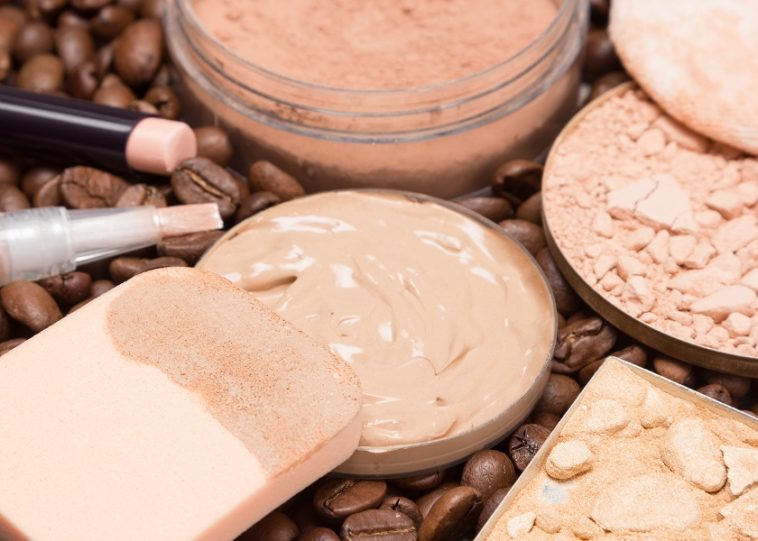People with segmental vitiligo often use camouflage make up to even their skin tone. Camouflage may be permanent or temporary. Since permanent camouflage doesn’t always deliver desired results and ultimately fades out, temporary camouflage is commonly used to mask vitiligo.
Temporary skin camouflage for vitiligo can be applied to the white patches to blend in with the rest of the skin and to make white patches less noticeable. Camouflage applications are waterproof and can be applied anywhere on the body, lasting for up 12 to 18 hours on the face and four days on the body. Since some of the skin camouflage products contains sunblock, they come with an SPF rating. Some may also include moisturizers so that users with dry skin benefit from them. Alcohol-based preparations are usually prescribed to oily-skinned users.
Permanent camouflage, on the other hand, is obtained with a cosmetic tattoo. These cosmetic tattoos are inert iron oxides. In this procedure, the color is implanted into the dermal layer of the skin with specialized techniques, which cannot be washed off.
Liquid Dyes
Potassium Permanganate, Bismarck Brown, Indigo Carmine, and henna Pastes are commonly used to camouflage vitiligo. However, they share the disadvantage of being washed away quickly. Also, getting a color match with the nonpigmented skin is also difficult.
Foundation-based Cosmetic Camouflage
Foundation-based camouflage products are available in a variety of forms – liquid, mousse, water-containing cream, soufflé, anhydrous cream, stick, cake and shake lotion.
All these products (essentially facial foundations) contain up to 25% more pigment compared to normal makeup foundations. They are waterproof and are designed such that a single application lasts a whole day. Their primary emulsifier is usually soap (such as triethanolamine or a non-ionic surfactant) while the secondary emulsifier is glyceryl stearate or propylene glycol stearate. Facial camouflage foundations come in a variety of finishes like matte, semi-matte, moist semi-matte and shiny. However, matte-finish foundations are considered the most suitable as cosmetic camouflage for vitiligo.
Self-Tanning Lotions or Sprays
Self-tanning lotion may also help cover vitiligo, creating an illusion of a tan. While some lotions last several days, some need to be reapplied daily. They help to moderate the differences between the dark and light skin. Most of the lotions contain the self-tanners Erythrulose and Dihydroxyacetone (DHA). Products labeled with the word “Bronzer” typically include ingredients that provide instant tanning effect.
Care, skill and experience are necessary when using these products. Tanning salons, spas, and gyms may offer a professional application of these products. Despite darkening of the skin, an overall sun protection program is still essential. Extreme sensitivity to sunlight is often considered a side effect while contact dermatitis caused by DHA is rarely reported.

